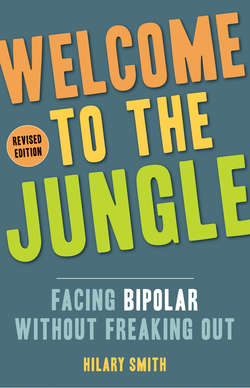Читать книгу Welcome to the Jungle, Revised Edition - Hilary T. Smith - Страница 25
На сайте Литреса книга снята с продажи.
MISTAH F.A.B.'S GUIDE TO THE DSM-V
ОглавлениеAs you can see, there's a broad behavioral spectrum to ghost-riding the whip, and in this case, I've categorized behaviors as “manic” or “depressed” based on how far they deviate from the hypothetical Mistah F.A.B.'s normal hyphy or unhyphy mood states. In the following section, I'm going to be discussing the criteria physicians use to identify the different aspects of bipolar disorder as outlined in the DSM-V, that big fat book published by the American Psychiatric Association that contains the diagnostic criteria for all the psychiatric disorders our society currently believes in. Like the songs in a jukebox, the stock of “mental disorders” in the DSM changes all the time—up until 1973, homosexuality was listed as a mental disorder (message to APA pre-1973: you guys aren't doing your credibility any favors . . .) It hardly needs saying that the DSM-V is not a perfect guide to mental illness, and that some of the “illnesses” that have been described there in the past are no longer considered illnesses at all. Unlike pregnancy, you can't pee on a stick to find out if you have bipolar disorder. Definitions evolve over time, and in a hundred years, the category “bipolar disorder” might be as antiquated as the category “hysteria” is today. The purpose of the following section is to discuss the common symptoms of mania, hypomania, and depression and what they can feel like—and also to help you resist the urge to dump every experience in your life into one of those categories.
